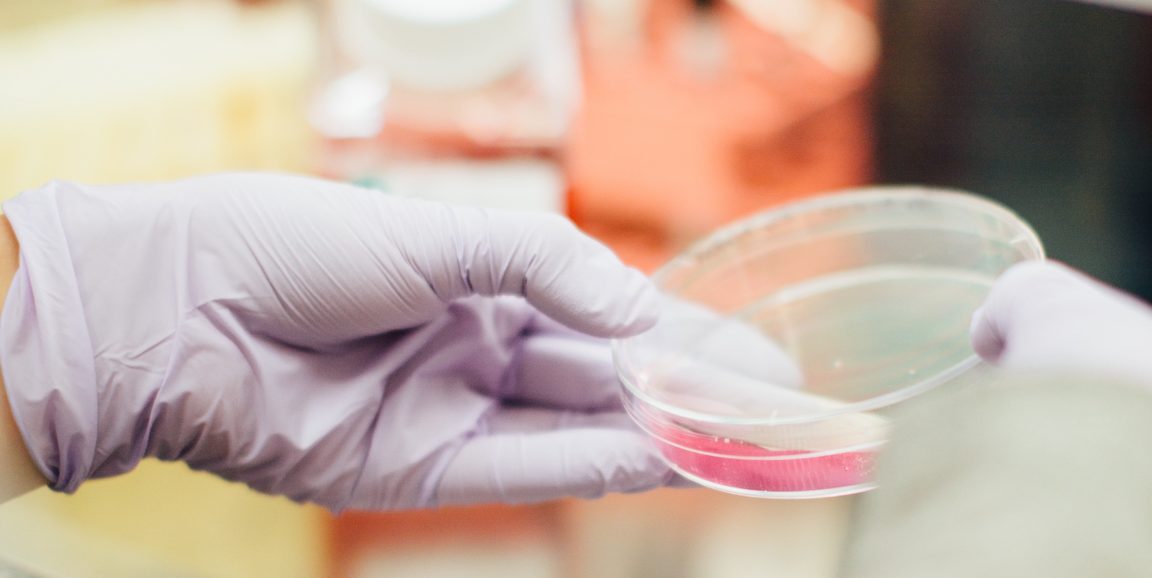Using a simple blood test, physicians may soon be able to predict the risk of mortality for patients with sepsis — an overwhelming immune response to infection that contributes to almost half of all in-hospital deaths.
In the past, it was difficult to diagnose septic infections, let alone assess their severity. “Historically, we haven’t been able to adequately define who has sepsis and who does not,” said Timothy Sweeney, MD, PhD, a former Stanford research associate.
Sweeney is a lead author of a study appearing in Nature Communications that models mortality from sepsis.
The research — developed through a collaboration of universities in Spain, Australia, the United Kingdom and across America — has identified patterns of gene expression associated with varying risk of mortality in sepsis. These “gene signatures” could help identify patients with the greatest risk of dying from sepsis and speed the delivery of treatment to them. By providing drug developers a population to focus on, “it could help usher in a new era of sepsis drugs and interventions, and also decrease costs by getting the right treatments to the right patients,” Sweeney said.
Because sepsis is ill-defined, it is a challenge to develop drugs to treat it. Numerous interventional trials in sepsis have failed to make improvements, Sweeney said.
Currently, standard sepsis treatment is limited to supportive care and early antibiotic intervention. The timing of antibiotic administration is critical — doctors must quickly determine whether a patient has sepsis and requires treatment.
“Every hour of delay in administering antibiotics leads to a 6 to 8 percent increase in relative risk of death,” said study co-author Purvesh Khatri, PhD, assistant professor of medicine and of biomedical data science. “So every hour counts.”
In the past two years, the Khatri Lab has also identified gene signatures for the diagnosis of sepsis and determining whether it stems from a bacterial or viral infection. Sweeney and Khatri recently cofounded a company that aims to put these gene signatures and those predictive of mortality into clinical practice. “Collectively these three signatures, which come out to 30 genes in total, allows us to diagnose the presence, type and severity of a patient’s infection,” said Khatri. Their aim is to develop a blood test that can measure gene expression and get this information to a clinician in less than an hour.
“In sepsis, it’s very difficult to figure out which patients need extra care, because every patient is systemically inflamed,” Khatri said. “When somebody shows up at the emergency department at 2 o’clock in the morning, we don’t know whether we should send them home, observe them for a few more hours or send them to the ICU.” Predicting mortality in sepsis could doctors to fill in that critical piece of decision-making.
Khatri and Sweeney have submitted the work for patent protection through the Stanford Office of Technology Licensing; their startup has taken exclusive license and is commercializing the work.
Photo by Drew Hays




